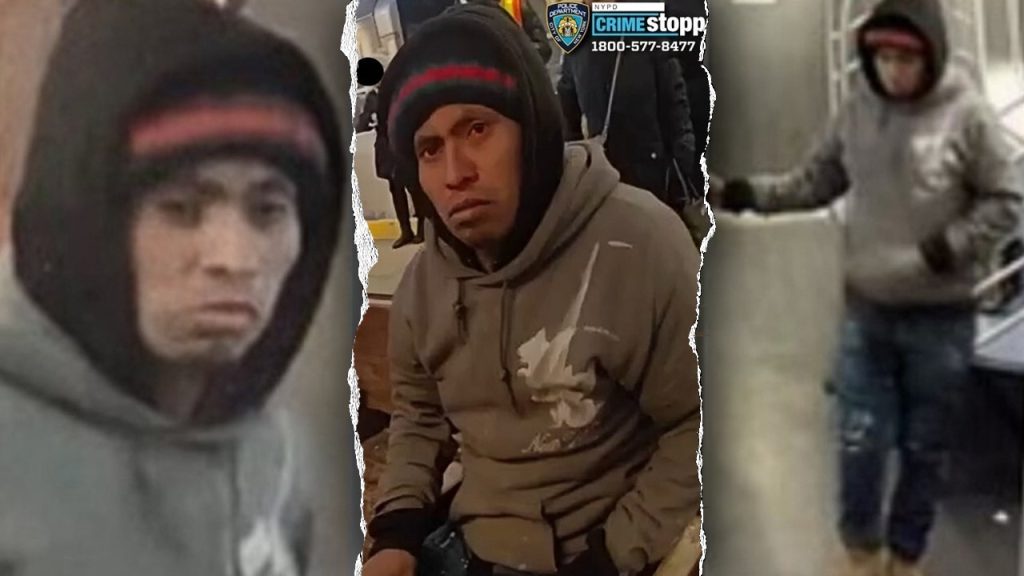The horrific death of a woman set ablaze on a Brooklyn subway train has sent shockwaves through New York City, raising concerns about public safety and reigniting the debate surrounding immigration policies. The suspect, identified as 33-year-old Sebastian Zapeta, a migrant from Guatemala, has a history with immigration authorities, having been deported in 2018 after illegally crossing the border into Arizona. This revelation has fueled discussions about the effectiveness of border security and the potential consequences of lax immigration enforcement. While details of the victim’s identity remain undisclosed, the brutality of the crime has left the city reeling.
The chilling surveillance footage captured the suspect’s calculated actions as he approached the seemingly motionless woman, possibly asleep, on a stationary F train at the Coney Island-Stillwell Avenue station. Without provocation, he set her on fire, her clothing instantly engulfed in flames. The suspect then retreated to a nearby bench, passively observing as officers and transit workers frantically extinguished the flames. The woman, tragically, was pronounced dead at the scene. The suspect’s apparent indifference to the horrific consequences of his actions has amplified the public’s outrage and grief.
The swift apprehension of Zapeta, found hours later riding the same subway line with a lighter in his pocket, offers some solace but fails to quell the underlying anxieties about the safety of New York City’s public transportation system. While the motive for this heinous act remains unclear, the Kings County District Attorney’s office has vowed to pursue justice with the utmost severity. The DA’s statement emphasized the vulnerability of the victim and the collective right of New Yorkers to feel safe on the subway, pledging to hold the perpetrator accountable to the fullest extent of the law.
Zapeta’s prior deportation under the Trump administration has added another layer of complexity to this tragic incident. ICE confirmed his apprehension and subsequent removal in 2018, highlighting the challenges of preventing illegal re-entry. The fact that Zapeta managed to return to the U.S. undetected raises questions about the efficacy of current border security measures and the resources allocated to tracking deported individuals. This case has inevitably become a focal point in the ongoing political debate about immigration, with some arguing for stricter enforcement and others emphasizing the need for comprehensive immigration reform.
The senseless violence of this crime has resonated deeply with New Yorkers, sparking conversations about the need for increased mental health support and improved safety measures on public transportation. The trauma inflicted on the witnesses, first responders, and the wider community underscores the devastating impact of such acts of violence. City officials have pledged to review security protocols and explore ways to enhance the safety of commuters, while community leaders are calling for increased awareness and support for vulnerable populations.
This tragic event serves as a stark reminder of the fragility of life and the importance of fostering a safe and inclusive environment for all. The investigation is ongoing, and the legal process will unfold in the coming months. While the justice system works to hold the perpetrator accountable, the city grapples with the emotional aftermath and the broader implications of this senseless act of violence, prompting reflection on issues of public safety, immigration policy, and the need for greater compassion and understanding in our communities.

